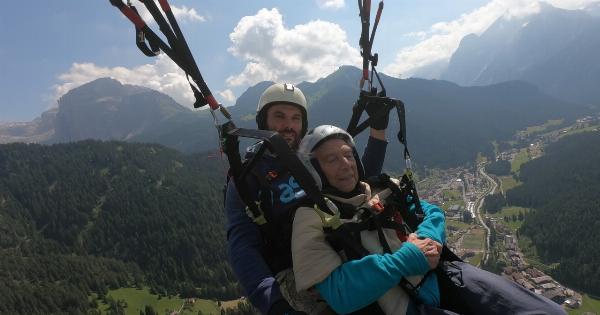Concussions are a common type of traumatic brain injury that can have serious short- and long-term consequences.
Children are particularly vulnerable to concussions due to their developing brains and increased participation in sports and recreational activities. It is crucial for parents, caregivers, coaches, and educators to have a good understanding of concussion prevention strategies to ensure the safety and well-being of children.
In this article, we will discuss various approaches to prevent concussions in children.
Understanding Concussions
Before delving into prevention strategies, it is important to have a basic understanding of what concussions are. A concussion occurs when a blow or jolt to the head causes the brain to shake inside the skull.
This sudden movement can lead to various symptoms, including headache, dizziness, nausea, confusion, sensitivity to light or noise, and even loss of consciousness. While concussions are often associated with sports, they can also occur as a result of falls, accidents, or other traumatic incidents.
Importance of Education and Awareness
One of the key aspects of concussion prevention is education and awareness. Parents, caregivers, coaches, and educators should be knowledgeable about the signs and symptoms of concussions.
By being able to recognize these signs early on, appropriate action can be taken to prevent further injury. Additionally, teaching children about the risks and precautions associated with concussions can empower them to make safer choices and report any potential head injuries.
Proper Supervision
Supervision is crucial in minimizing the risk of concussions in children. Whether it’s during organized sports, outdoor play, or even in the home, adults should actively supervise children to ensure their safety.
By closely monitoring activities, potential hazards can be identified and addressed, thereby reducing the likelihood of head injuries.
Wearing Protective Equipment
When it comes to sports and recreational activities, appropriate protective equipment can significantly reduce the risk of concussions. Depending on the activity, this may include helmets, mouthguards, goggles, and padding.
It is important to ensure that the equipment fits properly and is in good condition. Regularly checking and replacing any damaged or outdated gear is essential to maintain its effectiveness.
Safe Play and Sports Techniques
Teaching children safe play and sports techniques is another essential component of concussion prevention. Coaches and instructors should emphasize the importance of following the rules and playing within the limits of their abilities.
Teaching correct techniques and promoting fair play not only minimizes the risk of concussions but also fosters a positive and respectful sporting environment.
Proper Warm-up and Conditioning
A properly structured warm-up routine and appropriate conditioning exercises can help prepare children’s bodies for physical activity and minimize the risk of injury, including concussions.
Warm-ups should incorporate exercises that focus on improving balance, strength, and coordination. Ensuring that children are in good physical condition can also enhance their ability to respond and protect themselves from potential head injuries.
Recognizing and Addressing Risky Environments
It is important to recognize and address any environmental factors that may increase the risk of concussions. This includes ensuring that play areas are free of hazards such as uneven surfaces or obstacles that can increase the likelihood of falls.
Additionally, taking into account weather conditions, such as slippery surfaces or extreme heat, can also help prevent accidents that may lead to head injuries.
Encouraging Open Communication
Parents, caregivers, coaches, and educators should foster an environment of open communication, where children feel comfortable reporting any head injuries or symptoms they may be experiencing.
Encouraging children to speak up about head injuries, even if they seem minor, is vital in order to provide appropriate care and prevent further complications.
Implementing Return-to-Play Protocols
In the event that a child does sustain a concussion, it is crucial to follow proper protocols for return-to-play.
This includes seeking medical attention, providing adequate rest and recovery time, and gradually reintroducing physical activity only once cleared by a healthcare professional. Rushing the return to activity can increase the risk of additional concussions and prolong the recovery process.
Setting a Good Example
Lastly, adults should set a good example by prioritizing safety and following recommended concussion prevention strategies themselves. Children are more likely to adopt safe behaviors if they see the important adults in their lives doing the same.
By effectively modeling safe practices, adults can significantly contribute to reducing the risk of concussions in children.
In Conclusion
Concussions can have serious consequences for children, but with proper education, awareness, supervision, and precautions, the risk can be minimized.
By implementing a comprehensive approach to concussion prevention, parents, caregivers, coaches, and educators can help ensure the safety and well-being of children participating in sports and recreational activities.





























